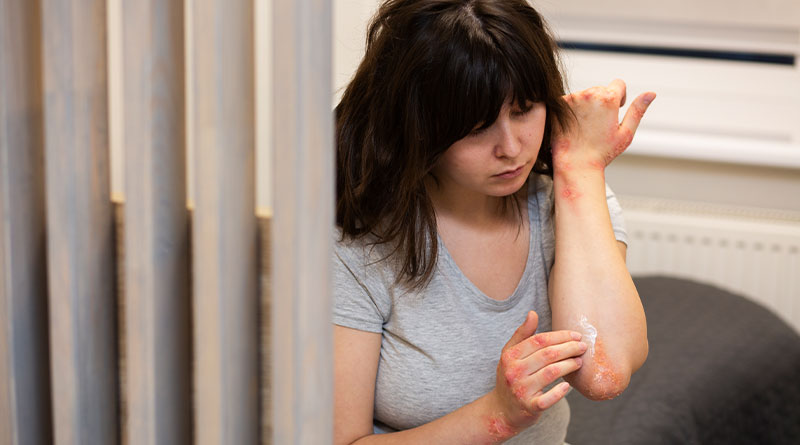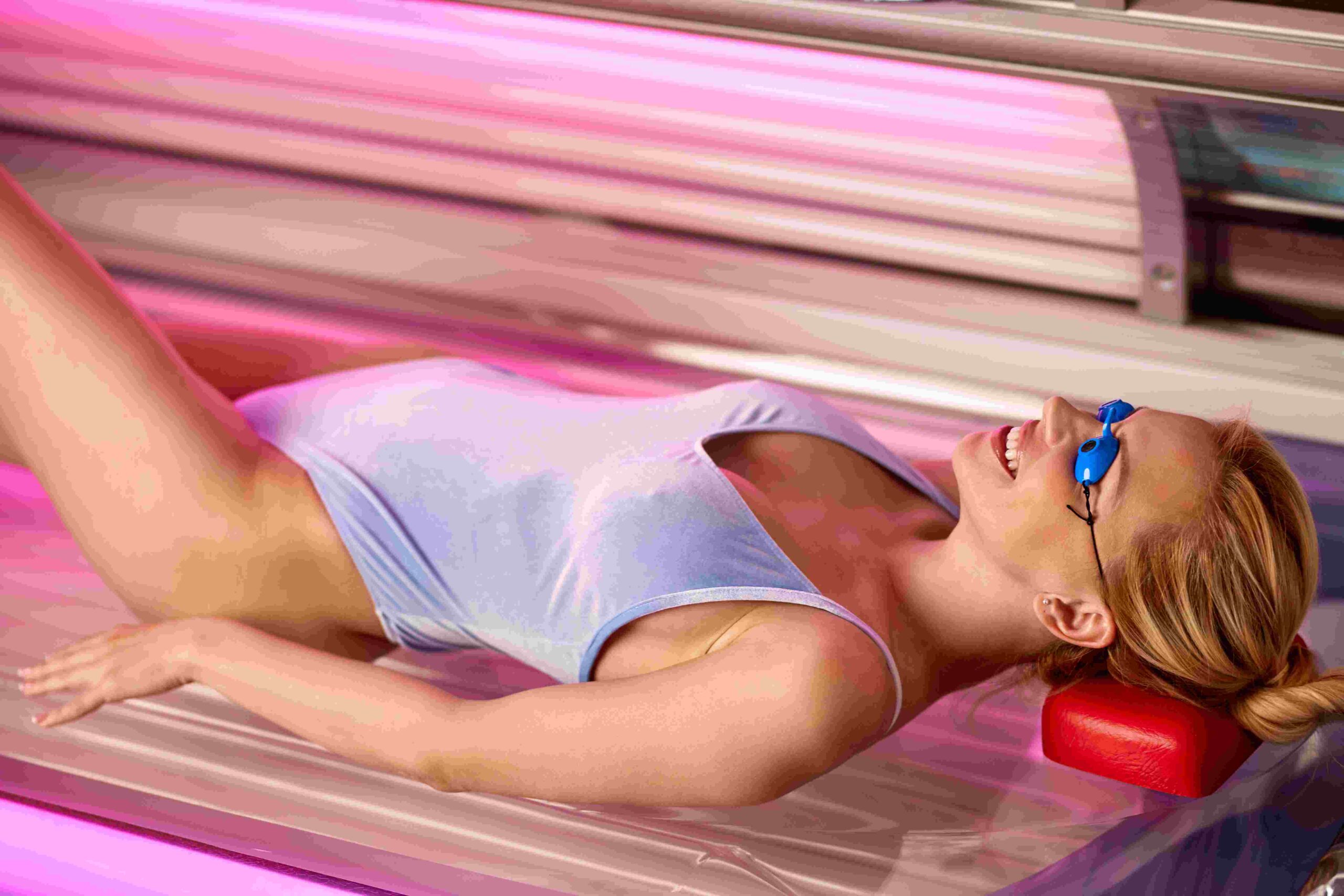In the ever-evolving field of healthcare, innovations in wound closure devices are revolutionizing patient care.
These advancements not only speed up recovery but also reduce the risk of complications, offering a glimpse into the future of medical treatment.
The Evolution of Wound Closure Techniques
For centuries, sutures and staples have been the standard methods for wound closure. However, these traditional techniques come with drawbacks such as infection risk, scarring, and prolonged recovery times.
The need for improved solutions has led to the development of advanced wound closure devices that enhance healing outcomes and patient comfort.
Types of Modern Wound Closure Devices
Adhesive Strips and Tapes
Adhesive strips, like Steri-Strips, provide an effective alternative to sutures for smaller wounds. These strips hold the edges of the wound together, promoting natural healing while minimizing the risk of infection.
Topical Skin Adhesives
Often referred to as “medical super glue,” topical skin adhesives bond the wound edges together without the need for stitches. These adhesives are particularly beneficial for facial wounds, where scarring is a major concern.
ZipLine Surgical Skin Closure
The ZipLine device is an innovative tool that combines the strength of sutures with the simplicity of adhesive strips. It offers uniform tension across the wound, reducing scarring and improving healing times.
Negative Pressure Wound Therapy (NPWT)
NPWT uses a vacuum to draw out fluids and increase blood flow to the wound, thereby accelerating the healing process. While traditionally used for chronic wounds, advancements in this technology have made it applicable for acute wound closures as well.
Bioengineered Skin Substitutes
These advanced products mimic natural skin to promote healing in complex wounds. They are particularly useful in cases where traditional closure methods are insufficient.
Benefits of Advanced Wound Closure Devices
- Faster Healing Times
Modern wound closure devices are designed to accelerate the healing process. By reducing the need for frequent dressing changes and minimizing the risk of infection, these devices contribute to quicker recovery. - Reduced Scarring
Traditional sutures can often lead to noticeable scars. New devices, such as skin adhesives and the ZipLine system, minimize tension on the wound, resulting in less visible scarring. - Lower Infection Risk
By providing a more sterile environment and reducing the need for invasive procedures, modern wound closure devices lower the risk of postoperative infections. - Improved Patient Comfort
Many of these devices are less painful than traditional methods, offering a more comfortable experience for patients. This is particularly important for children and those with sensitive skin.
Future of Wound Closure Technology
The future of wound closure looks promising, with ongoing research into bioactive materials and smart devices that monitor the healing process in real-time.
These innovations will not only enhance patient outcomes but also reduce the burden on healthcare systems by lowering the incidence of complications.
Conclusion
The impact of new wound closure device on patient care is undeniable. These innovations offer faster healing, reduced scarring, and improved comfort, making them a critical component of modern medical treatment.
As technology continues to advance, we can expect even more groundbreaking developments in this field, further improving the quality of life for patients worldwide.
Sahil Sachdeva is the Founder of curemedoc.com and a Digital Marketing professional with years of experience. If you need help in Content writing and want to increase your website ranking, connect with him, as he has some premium websites where you can share blogs with DoFollow links and increase your website’s ranking on Google.





